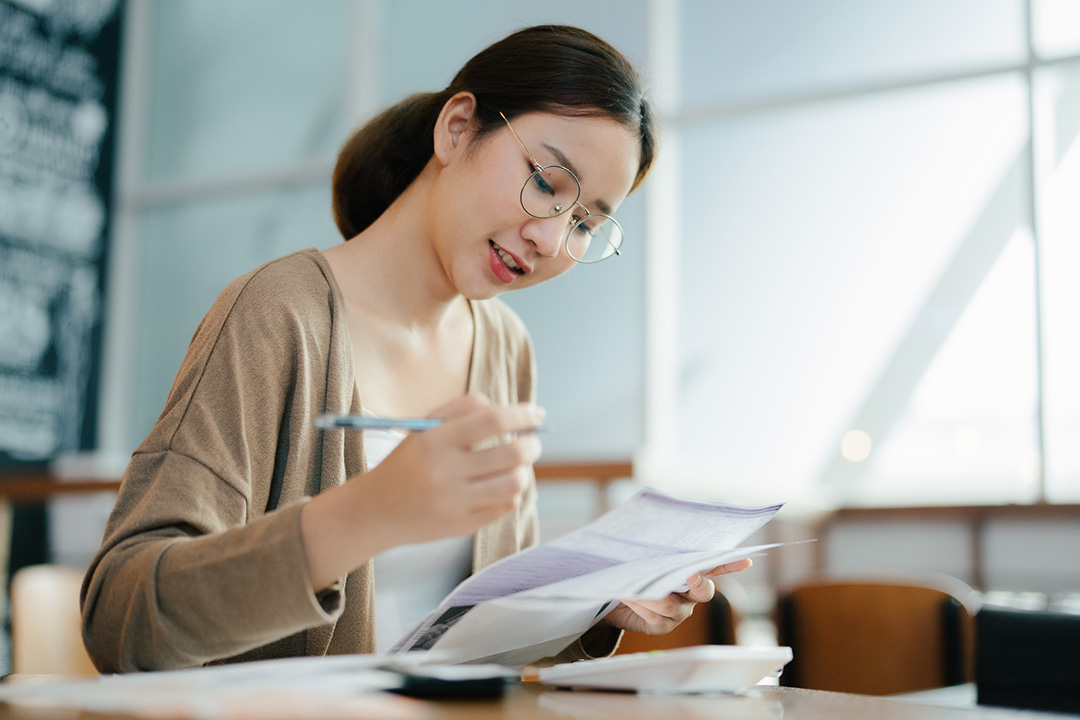Ways to Responsibly Manage Debt as a Homeowner
Whether you’re working to pay off a mortgage or credit cards, debt is often a normal part of managing finances. However, if it’s not paid off quickly or thoughtfully, interest rates can increase debt and lead to more money owed in the long term.
Learning about debt payoff methods and seeking support from financial literacy courses can make a huge difference to help you stay ahead of your debt repayments.
Creating a debt action plan
Building a plan is the first step toward meeting your financial goals and reducing your debt. Here’s how you can get started:
- Understand the pros and cons of each debt repayment strategy.
- Organize your debts in one of two ways:
- by smallest total dollar amount or
- by highest interest rate.
- Consider the financial impact of a high-interest-rate, which makes a loan more expensive.
- Assess your discretionary income – the amount of money you have after subtracting necessary bills from your income – along with other financial circumstances.
- Choose the method that will best motivate you to pay off your debt to meet your goals.

Debt snowball method
The "debt snowball method” is a strategy that involves prioritizing the smallest of all your debt and paying it off first. After you’ve repaid that debt, the funds that were being used are then reallocated to your next-smallest debt. The payments you make “snowball” from one debt to the next, growing larger and larger as the rate of debt reduction increases. This process would repeat until all of your outstanding accounts are paid off.
For homeowners who feel rewarded by paying off small debts quickly, the debt snowball method can be a good fit. Paying off your smallest debts first means you’ll be reaching new milestones faster and more frequently even though you may end up paying more in interest over time. Knowing both your financial circumstances and your motivational preferences is a great first step to take when considering the debt snowball method.
Pros
- Paying off individual debts faster can be a huge motivator for some homeowners.
Cons
- This method doesn’t prioritize debt based on interest rate, which means you could accrue more debt over time.
- Getting completely debt free can take longer than with the "debt avalanche method."
Debt avalanche method
The "debt snowball method” is a strategy that involves prioritizing the smallest of all your debt and paying it off first. After you’ve repaid that debt, the funds that were being used are then reallocated to your next-smallest debt. The payments you make “snowball” from one debt to the next, growing larger and larger as the rate of debt reduction increases. This process would repeat until all of your outstanding accounts are paid off.
For homeowners who feel rewarded by paying off small debts quickly, the debt snowball method can be a good fit. Paying off your smallest debts first means you’ll be reaching new milestones faster and more frequently even though you may end up paying more in interest over time. Knowing both your financial circumstances and your motivational preferences is a great first step to take when considering the debt snowball method.
Pros
- Paying off individual debts faster can be a huge motivator for some homeowners.
Cons
- This method doesn’t prioritize debt based on interest rate, which means you could accrue more debt over time.
- Getting completely debt free can take longer than with the "debt avalanche method."
Organizing your debt
When managing finances and figuring out which debt repayment strategy will be the best fit for you, make sure to carefully consider your financial goals. Weighing the pros and cons of the debt avalanche method and the debt snowball method can help you develop your budget, prioritize which debts to pay off first, build a healthier relationship with debt, and establish savings.
What to consider when prioritizing your debt
Size of the debt
Do you find paying off small debts to be motivating, or are you more concerned with the impact of interest on your loans? There’s no wrong way to start paying off your loans, so it’s important to think about which is most realistic for your current finances.
Saving versus paying off debt
While we can often feel pressure to save first, paying off debt — especially high-interest-rate loans — has many advantages. Paying off loans could improve your credit score. The advantages of a higher credit score could result in higher credit limits, potentially lower interest rates, and more purchasing and negotiating power. Funds for saving and investing are then more easily freed up when more of your debt is paid off.






